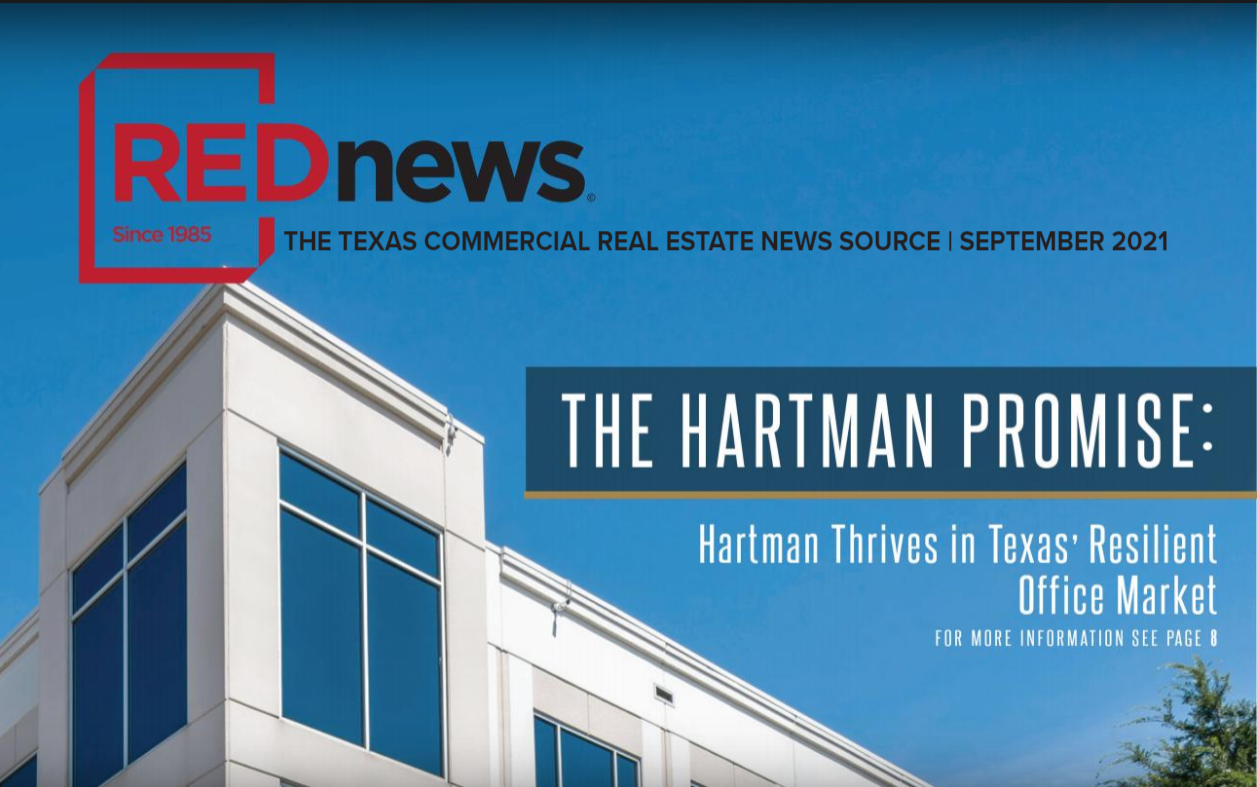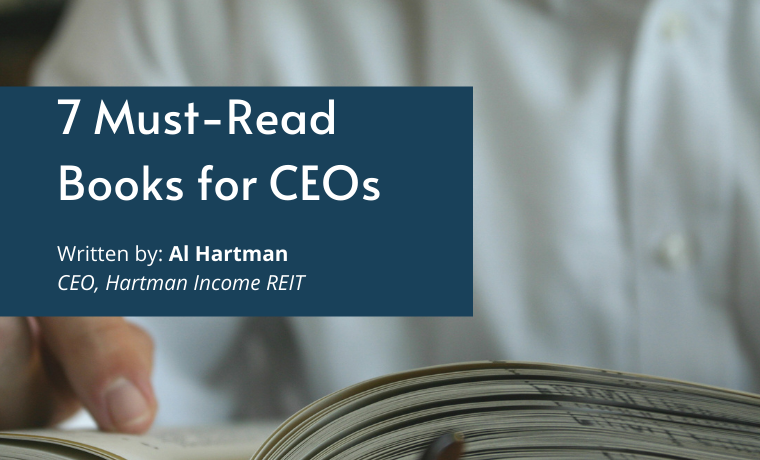The Texas office market has shown remarkable resilience over the past few years, navigating the challenges posed by economic fluctuations and shifting work trends. As the state continues to experience population growth, a thriving economy, and an influx of businesses, it remains a beacon of opportunity in the commercial real estate sector. Whether you’re an investor, developer, or tenant, the Texas office market is one to watch, and there’s never been a better time to explore its vast potential.
In this post, we’ll take a look at what’s driving the Texas office market, the factors contributing to its continued growth, and why now is the perfect time to invest in this dynamic market.
1. Resilience Through Challenges: Navigating Shifting Work Trends
One of the key reasons why Texas has been able to weather the storm of the past few years is its resilience. Unlike some other regions where office occupancy has faced significant declines, Texas has managed to retain steady demand for office space despite the shifts in work dynamics.
The hybrid work model, which became widespread due to the pandemic, has led to a reevaluation of how businesses approach their office needs. While some companies downsized their office footprints, others chose to adapt by creating more flexible, collaborative workspaces to accommodate the changing needs of their workforce. Many companies in Texas have embraced hybrid models, allowing employees to work both remotely and in-office, and as businesses continue to adapt, the demand for well-designed office spaces that cater to both in-person and remote work is on the rise.As the hybrid work model is common, it leans towards in office more days than remote work. With employees spending more days in the office, businesses are investing in these flexible, employee-centered environments to enhance productivity and job satisfaction.
However, even with the rise of hybrid work, employees have proven that they still value having their own personal spaces when in the office. Despite the shift towards more open and shared environments, there is a growing desire for individual desks or private offices that employees can call their own when they are in the office. Many workers prefer the consistency and security of having their personal workspace, complete with the tools and technology they need to be productive.
This need for a personal space within the office has led businesses to rethink how they design their workspaces. While collaboration zones, lounges, and meeting rooms are still essential for fostering creativity and teamwork, incorporating private offices or dedicated desks for employees on hybrid schedules is increasingly important. Companies are realizing that hybrid work doesn’t mean abandoning the need for personal space, but rather offering a flexible environment where employees can seamlessly transition between remote and in-office work.
Key Insight: As companies continue to implement hybrid models, the demand for office spaces that strike a balance between collaborative, open environments and private, individual workstations will only grow. Offering a combination of both flexible work areas and dedicated spaces for employees’ personal use will be key in meeting the evolving needs of today’s workforce.
2. A State of Economic Strength: Why Texas is a Business Magnet
Texas continues to be one of the most economically robust states in the U.S. With a diverse economy driven by industries such as energy, technology, healthcare, and finance, the state offers a stable environment for businesses to thrive. Cities like Austin, Dallas, and Houston remain major economic hubs, attracting both domestic and international businesses seeking access to the Texas market.
Key Insight: For commercial real estate professionals, this means steady demand for office space across various sectors. The state’s business-friendly environment, low taxes, and favorable regulatory climate make it an attractive destination for businesses looking to expand or relocate. Texas’ economic strength is fueling growth in office leasing and development.
3. A Diverse and Expanding Workforce
Texas is experiencing rapid population growth, driven by both migration from other states and international immigration. This demographic shift has created a booming talent pool, which in turn fuels demand for office space as companies look to expand their operations and hire new talent.
Texas’ cities are home to a mix of large corporations, tech startups, healthcare institutions, and manufacturing companies, all contributing to a diverse range of office space requirements. The need for office space is not limited to just one sector—technology companies flock to Austin, energy companies dominate Houston, while financial firms find opportunities in Dallas.
Key Insight: Understanding the unique workforce dynamics in each region of Texas will help businesses target the most appropriate office spaces for their operations. For investors, this diversity offers a wider range of opportunities to cater to different types of tenants.
4. Prioritizing Work-Life Balance and Employee Well-Being
As work-life balance becomes a greater priority for employees, businesses are rethinking their approach to office space. The demand for premium office environments is not just about high-end finishes or modern amenities—it’s about creating spaces that align with employees’ values and lifestyles. This can mean offering flexible, well-connected office spaces in suburban areas to reduce commutes, providing enhanced in-office perks, or prioritizing wellness features and sustainability. In cities like Houston, where diverse industries are thriving, companies are seeking out spaces that encourage collaboration, creativity, and convenience, with features like flexible layouts, high-speed connectivity, and easy access to nearby amenities. The focus is shifting toward developing work environments that cater to both business goals and employee well-being, creating spaces that attract top talent by offering a true work-life balance.
Key Insight: Developers who prioritize sustainable design, employee-centric features, and convenient locations are well-positioned to meet the growing demand for office spaces that support a holistic, balanced work lifestyle.
5. The Future of Office Space in Texas: Poised for Growth
Looking ahead, the Texas office market is poised for even greater growth. Several factors contribute to this optimistic outlook:
Continued Population Growth: Texas’ population growth isn’t expected to slow down anytime soon. With an influx of residents from other states and abroad, demand for office space will continue to rise.
Tech Sector Expansion: As the tech industry continues to grow, Houston is emerging as a key player alongside cities like Austin and Dallas. With a thriving energy sector and a growing focus on innovation, Houston is increasingly attracting tech companies looking to expand their teams. The city’s strategic location, diverse economy, and growing startup ecosystem make it an appealing destination for tech talent and investment. Houston’s development as a tech hub positions it as an essential market for office space tailored to the needs of rapidly expanding tech firms.
Government Incentives and Economic Development: The Texas government has long been known for its business-friendly policies, including no state income tax and economic development incentives for companies that relocate or expand within the state.
Key Insight: The office space market in Texas is not just about meeting current demand, but about positioning yourself for long-term success. By staying ahead of trends, adapting to new ways of working, and focusing on tenant experience, real estate professionals can unlock untapped opportunities in this growing market.
6. Tips for Commercial Real Estate Professionals
If you’re in the commercial real estate business, here are some tips to help you capitalize on Texas’ office market opportunities:
Stay Agile: Keep an eye on emerging trends, such as hybrid work models and sustainability, and be ready to adjust your office offerings accordingly.
Offer Flexibility: Flexibility is key. Providing tenants with flexible lease terms, coworking options, or space customization can be a major selling point.
Focus on Location and Commuting Options: In today’s work environment, office locations that minimize commute times are highly desirable. Consider properties that offer easy access to major highways, public transit, or suburban locations that bring office spaces closer to employees’ homes. Convenient access to work is increasingly a top priority for businesses and their staff.
Enhance Employee Well-being: Offering spaces that prioritize health and wellness—such as well-ventilated offices, natural lighting, fitness partnerships, and on-site amenities—can be a major draw for tenants. Companies are placing greater emphasis on creating workspaces that support employee well-being, making these features essential in modern office environments.
The Texas office market is thriving, and with its diversity, economic strength, and resilience, it is clear that the state will continue to play a pivotal role in the U.S. commercial real estate sector. Whether you’re a tenant looking for the perfect space or an investor seeking opportunities for growth, the Texas office market offers a wealth of possibilities. By staying informed, embracing innovation, and adapting to evolving trends, you can position yourself for success in one of the most exciting markets in the nation.





